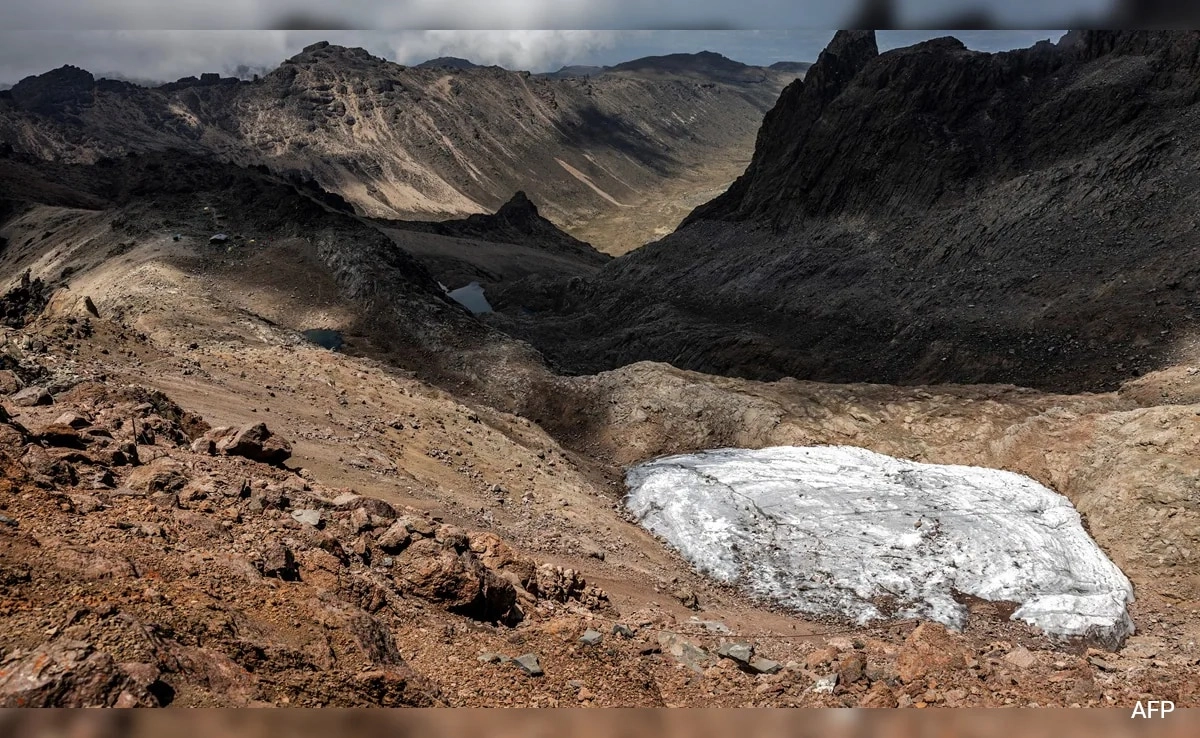Mount Kenya, renowned for its breathtaking landscapes and diverse ecosystems, is currently facing a significant environmental crisis as its glaciers continue to melt at an alarming rate. Once adorned with stunning ice formations that captivated the hearts of climbers and nature enthusiasts alike, these glaciers are now disappearing due to the impacts of climate change. The phenomenon of glacial retreat on Mount Kenya serves as a stark reminder of the broader climatic shifts affecting the planet. As temperatures rise and weather patterns become increasingly erratic, the delicate balance of this unique alpine environment is being disrupted, leading to profound changes.
The melting of Mount Kenya’s glaciers is not just an aesthetic loss; it has far-reaching implications for the local ecology and communities that depend on these water sources. Glaciers act as natural reservoirs, feeding rivers and streams that provide essential water for agriculture, drinking, and hydropower. As these ice caps diminish, the risk of water scarcity increases, threatening the livelihoods of countless individuals who rely on consistent and reliable water supply. This situation also poses a risk to biodiversity, as the ecosystems that have thrived in the cold, glacial-fed waters may struggle to adapt to the rapidly changing conditions.
In addition to the immediate ecological impacts, the melting glaciers of Mount Kenya highlight a global issue that transcends geographical boundaries. The phenomenon is a direct consequence of human-induced climate change, a challenge that requires urgent attention and collective action. As glaciers around the world retreat, they serve as indicators of the health of our planet, reflecting the underlying changes in climate that affect everything from sea levels to weather extremes. It is a call to action for policymakers, scientists, and citizens alike to prioritize sustainability and implement measures to mitigate climate change.
As we witness the beauty of Mount Kenya’s glaciers fade, it is crucial to recognize the interconnectedness of our environment and the responsibility we hold to protect it. Initiatives aimed at conservation, reforestation, and sustainable water management can help preserve the remaining glaciers and the ecosystems they support. Moreover, raising awareness about the significance of these natural wonders can inspire a new generation to advocate for environmental stewardship. While the loss of Mount Kenya’s glaciers is a poignant reminder of the urgent need for climate action, it also presents an opportunity for collective efforts to safeguard our planet for future generations. The beauty of these glaciers may be fading, but the imperative to protect our environment remains as vital as ever.




